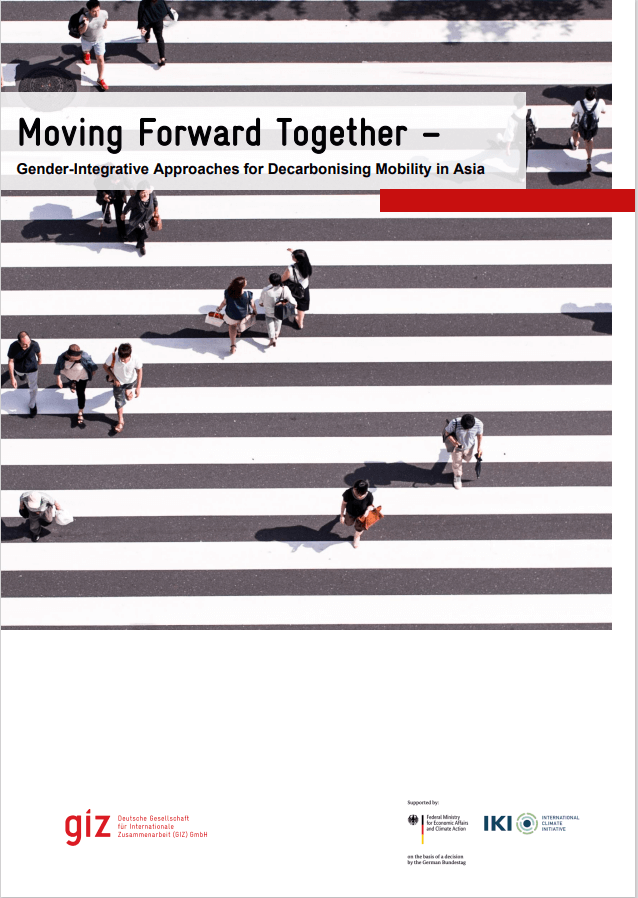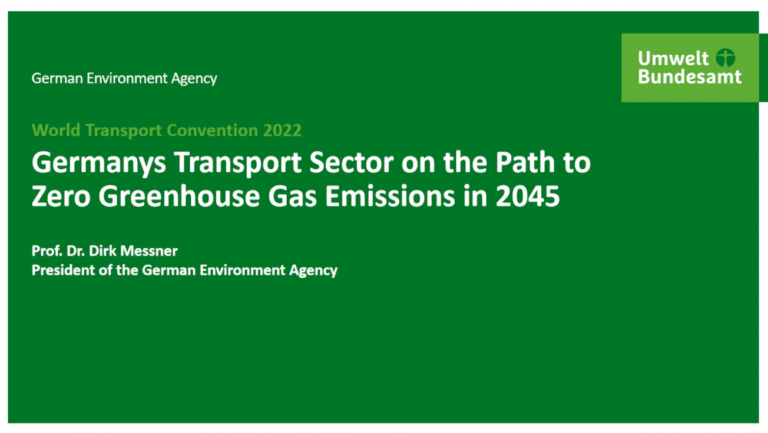Since the announcement of China’s new 2030 carbon dioxide emission peaking and 2060 carbon neutrality targets end of 2020, the debate on how to decarbonize transport is heating up among experts in the field of policy making, academia, and the transport industry. With increasing motorization and both passenger and freight transport demand still growing, the sector is a hard nut to crack from a climate action perspective. A wide range of technologies is already on the table, with clean energy-based electric mobility being among the most promising solutions for bringing down emissions in road transport and digitalisation offering pathways to increased traffic efficiency. But in particular, the pathway towards zero-carbon freight, aviation, and maritime transport poses big challenges. In order to align the Chinese transport sector development with the 2030 and 2060 targets, clear strategies and action plans are needed and ambitious measures must be implemented now. This does not only include the adoption of innovative technology, but also the accelerated shift to climate-friendly transport modes, as well as a stronger focus on avoiding trips through holistic urban and transport development strategies.
At the same time, it must be ensured that the needed transformation of the transport sector will be implemented in a way that no one is left behind and that this transformation is fully socially and economically sustainable. In particular, international cooperation, experience exchange, and in-depth dialogues can positively contribute to the sustainable and climate-friendly development of the transport sector in China and beyond.
This paper has the aim to provide an overview of China’s climate protection pathway with regards to the role of the transport sector in achieving carbon dioxide emission peaking by 2030 and carbon neutrality by 2060. The paper further aims at fostering debates on the policies, technologies, measures, and partnerships needed to achieve those targets. The paper does not claim to be exhaustive and only lists a few selected approaches and measures that can contribute to achieving the set climate goals.





